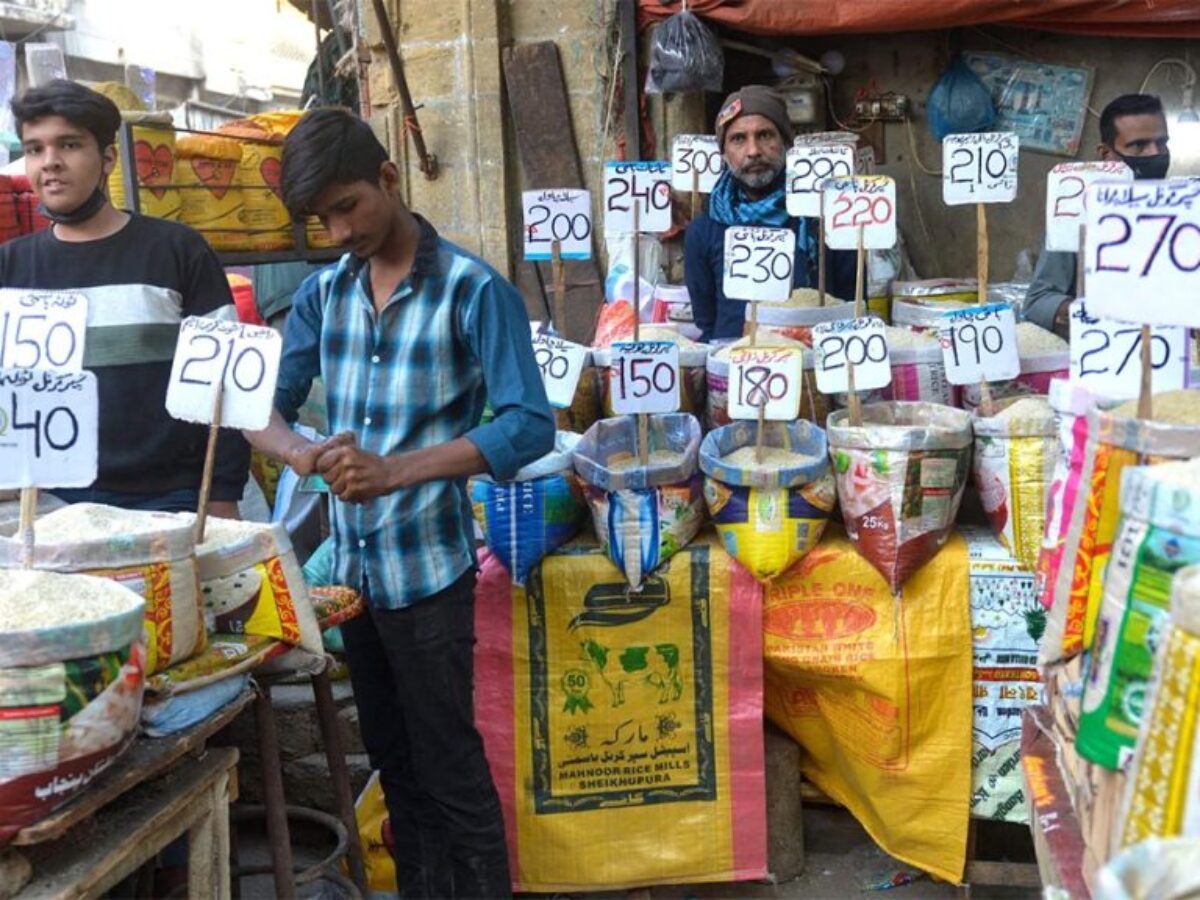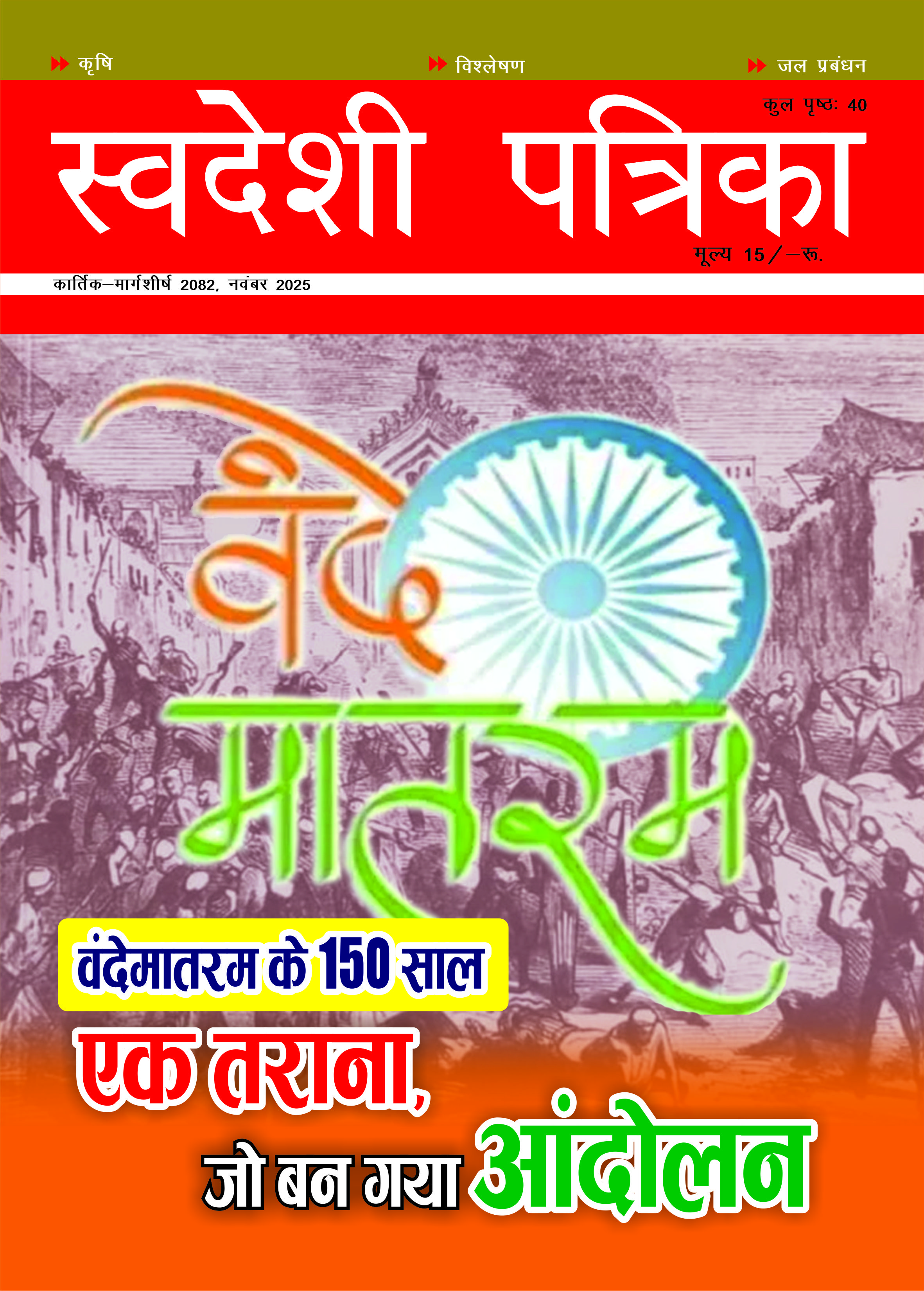
Lessons From Pakistan's Economic Crisis
Pakistan is facing its worst economic crisis ever. In the last 25 years, the debt on Pakistan has increased from Rs 3 lakh crore Pakistani rupees to Rs 62.5 lakh crore Pakistani rupee by 2022. In the last 25 years, whereas, the government's debt has increased by 14 percent annually, Pakistan's GDP increased at the rate of only 3 percent annually. Due to this, the government debt has become unsustainable. It’s servicing is beyond Pakistan’s capacity, because the debt service liability has reached 5.2 lakh crores, which is much more than the total revenue of the government. Although Imran Khan's government fell due to this crisis, but the current administration has also failed miserably to handle the situation. On 18 February 2023, Pakistan's Defense Minister Khwaja Mohammad Asif has given a statement that the government of Pakistan has already defaulted in servicing its debt. Economic experts are of unanimous opinion that none but the rulers of Pakistan are responsible for the economic crisis of Pakistan. Most of the big companies in Pakistan have announced their closure, including Pak Suzuki Motors, Millat Tractors, Indus Motor Company, Kandhara Tyre and Rubber Company, Nishat Chunian and Fauji Fertilizer Bin Qasim. 1600 textile mills had closed down by 2022, due to which 50 lakh people have lost their jobs. The remaining companies are also restrained to utilize only 50 percent of their capacity. IMF says that it can give help to Pakistan, if it accepts its conditions. IMF's condition is that Pakistan should make provision for additional taxation of Rs 17,000 crore, including additional levy on diesel. Experts believe that with the help of the IMF, Pakistan may be saved from defaulting in debt servicing for some time, but it will continue to be haunted by economic crisis in the long run. Economists have been critical about Pakistan's policies, both long-term and short-term, and hold them responsible for their current plight. From excessive expenditure on defence to giving 'freebies' and an unstable political environment, many issues have remained subjects of sharp criticism. Talking about the decisions of the rulers of Pakistan, it comes to mind that many policy decisions were taken by them which were in the political interest of Pak leaders, but not in the economic interest of Pakistan.
Governments took the path of freebies just to please the people. Populist measures were used to keep the prices of commodities low, which increased the burden on the exchequer. It is observed that despite the fall in international oil prices, the prices of petrol diesel were not much reduced in India but the Government of Pakistan tried to keep the price of petrol and diesel low. Although the Government of India was criticized for this act, but the Government of India and the State Governments took advantage of this in raising their revenues. Ultimately we see that India has emerged the fifth largest economy in the world and Pakistan has become a pauper. The Indian government used the revenue, it raised through petroleum products to build more infrastructure, while Pakistan borrowed heavily in the name of building infrastructure. Moreover due to paucity of funds, Pakistan’s infrastructure building was not according to its needs but it was at the behest of some foreign power (China), due to which it is getting lesser benefit but the debt burden has increased much beyond the capacity of Pakistan to repay the same. The 'China-Pakistan Economic Corridor' (CPEC) is a living example of this. It is part of China's 'Belt and Road Initiative' (BRI). Some power plants are also part of this project. Pakistan's problem is that the they took heavy loans to build such infrastructure, which was of no use to the Pakistani people. The reality is that Pakistan does not have adequate grid connectivity, so CPEC power projects are of no use to Pakistan per se. Similarly, other types of infrastructure are also unable to generate sufficient funds for Pakistan. This loan only created balance of payments problems for Pakistan and led to an unprecedented depreciation of the Pakistani currency. Today, exchange rate for Pakistan is 261.7 Pakistani rupees per US$. Pakistan is so deeply indebted to China that out of the bilateral debt of US$ 27 billion, about US$ 23 billion is Chinese debt. Pakistan’s total external debt is whopping $126.3 billion. Total Public Debt and Liabilities of Pakistan is estimated to be about US$222 billion which is 393.7 percent of GDP of Pakistan. Not only this, in competition with India, the Government of Pakistan is spending excessively on the defense sector. Instead of spending more on defence, that money could have been used for development and welfare purposes.
China, which is considered a friend of Pakistan, is also not coming forward to help Pakistan. On the other hand, other friendly countries of Pakistan are also not showing any enthusiasm to get Pakistan out of its crisis. It has to be understood that Pakistan will have to overcome its woes itself. For that it is necessary that Pakistan comes out of its malicious strategy of promoting terror and terrorists. Due to this misadventures of Pakistan in the past, the Finance Action Task Force (FATF) kept Pakistan in the grey list for a long time and due to its antics, different types of investors have also started distancing themselves from Pakistan. On one hand Pakistan is not getting any new investment, many foreign companies are also planning to leave Pakistan. Pakistan has also been getting huge amount of remittances from non-resident Pakistanis, but non-resident Pakistanis are also getting worried about the safety of their money due to Pakistan's collapsing economy. In such a situation, Pakistan may face more difficulty in getting new remittances. The people of Pakistan have to understand that nothing is going to be achieved by changing governments. The only way to save Pakistan is to fix its policies, maintain its financial discipline, avoid extravagance on defence, focus on saving its industries and come out of China's clutches as soon as possible and outrightly reject the remaining projects of the China Pakistan Economic Corridor (CPEC).


